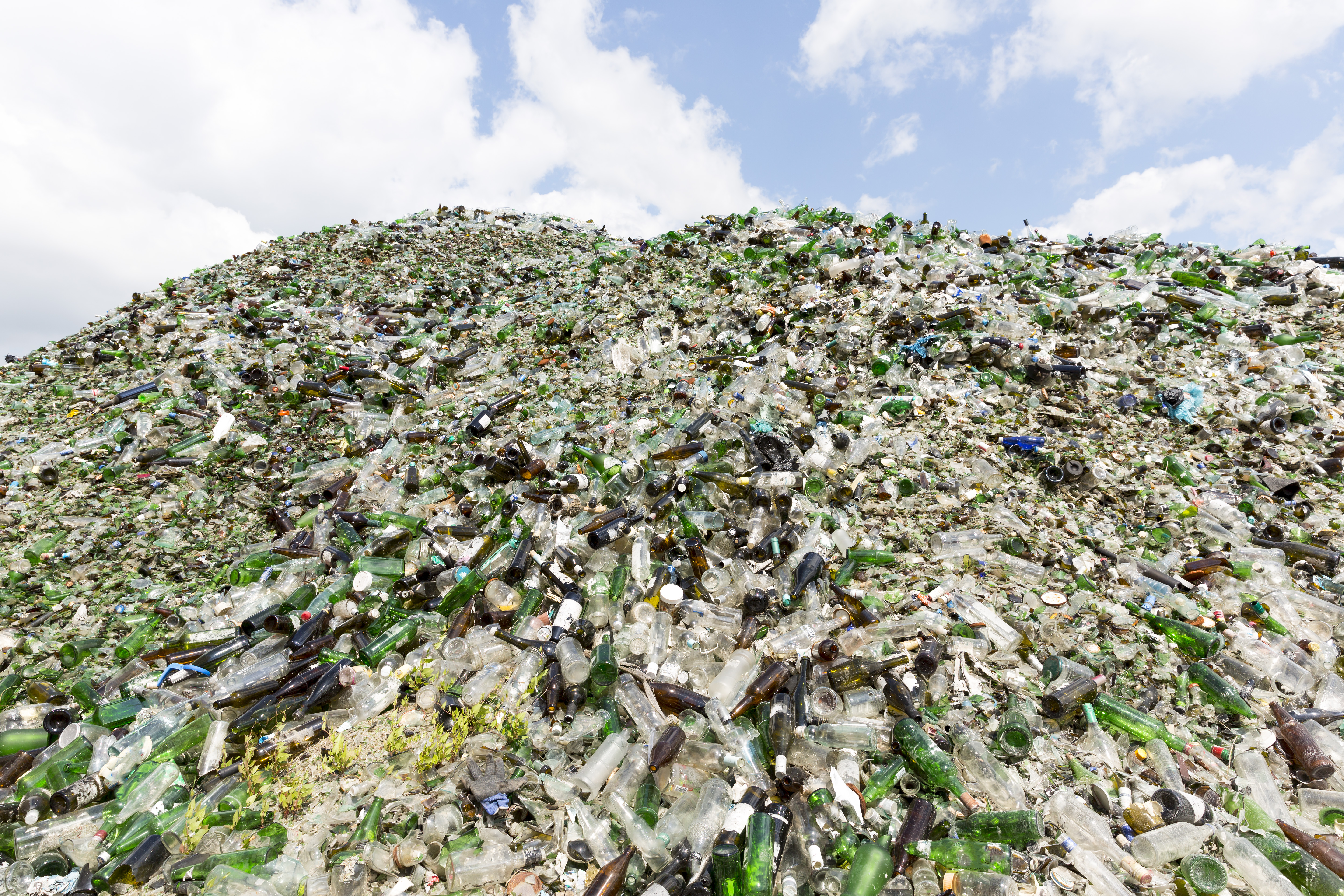What China’s Waste Ban means for Recycling
The Trash Crisis
For years, China has been the top importer of more recyclable goods than any other country, taking in nearly half the world’s waste since 1992.
However in January of 2018, China announced it would stop accepting 24 categories of waste, including certain types of plastics, paper, and textiles, citing environmental and health concerns. The dramatic shift in policy is coming out of a national campaign to reduce the country’s carbon footprint, but it’s also a signal that China will no longer settle being a trash collector for the rest of the world.
Since the initial policy launch at the beginning of the year, China has increased the waste ban to over 32 categories, as well as implemented strict requirements for the recyclables it still accepts, citing much harsher guidelines and regulations. They will only now accept higher grade, clean, almost perfectly-sorted materials, something that single-stream recycling operations will find very hard to provide without restructuring their curbside sorting and plants, and our recycling system as a whole.
The Impact
Single-stream recycling has been hit the hardest by the ban, as one of the claimed causes of the new policy was the poor quality of the waste imports due to contamination. The National Recycling Coalition (NRC) said in May that the ban exposed the problems caused by dirty recyclables. The introduction of single-stream recycling in the United States, which mixes paper, metal, glass and plastics — means recyclables are less pure and less valuable.
At one single-stream recycling processing center in Massachusetts, E.L. Harvey, the impact of the ban has left the company scrambling.
An estimated 50% of their processed recyclables end up overseas, and of that 50%, roughly 90% were imported by China. Now, instead of having a few dozen extra one-ton cubes sitting in their warehouse ready for shipment, they have thousands. Inventory that used to sit for a couple of days before being picked up is now piling up month after month, with no end in sight.
In Massachusetts alone, more than 4,000 tons of single-stream recyclables and more than 10,000 tons of glass have been sent to landfills. Dozens of other states are following suit, and giving companies waivers to throw out recyclables.
The west coast is being hit particularly hard, where states such as Oregon, Washington, Idaho, Alaska, and Hawaii are used to relying solely on Chinese recycling plants. In some areas, officials and garbage haulers will no longer accept certain items for recycling, and are even refusing plastics and certain types of paper, telling residents to throw them in the trash. In other areas, recyclable items are piled high on the sides of the road, or are being stored in parking lots and warehouses.
The Silver Lining: An Opportunity for Glass Recycling
The silver lining to the trash crisis? The ban has led to a serious reevaluation of our current recycling system, with many community leaders advocating change. The most recent rate accepted in the new wave of Chinese regulations is .5 contamination. Some processors debate if this is even possible with our current system, while others are rising to the challenge.
The general population is passionate about recycling, and is less than thrilled about sending recyclable goods to the landfills. The single-stream recycling system has left them ill prepared and uneducated on the proper way to recycle, and they are ready for something new.
The bottom line is our system is broken, and many people are actually recycling incorrectly, placing items in bins that they believe should be recycled, but don’t actually qualify. When items are covered in food or other products, cross-contaminated, or bottles break in the bottom, they become ineligible and tossed.
A closer look at our recycling system as a nation could actually mean huge potential for American-based businesses in the waste and recycling industries. With an excess of recyclable material, including glass, that has potentially boundless reuses, the current “trash crisis” could actually turn into a huge recycling opportunity for the United States and its domestic manufactures who rely heavily on these raw materials. Materials that otherwise would been imported from other countries at a high cost, and are now readily available in waves.
According to Mark Murray, executive director of the nonprofit Californians Against Waste, “This is a good wake-up call. We should have been investing in utilizing this material domestically from the get-go.”
How Does This Effect SiONEER?
We are part of the solution. SiONEER is proudly undergoing construction in California, where we are building glass processing plants that recycle 100% of glass. Our plants will accept all forms, sizes, and shapes of glass, and all colors. SiONEER takes the glass that otherwise would have been sent to a landfill (or is piling up on your street corner), and repurposes it for a variety of applications and industries.
Thanks to our technology we are able to manufacture clean, non-toxic glass alternatives that are environmentally conscious, safe for human interaction, help to reduce greenhouse gas emissions, and keep glass out of landfills. Our equipment grinds glass into a multitude of sizes, allowing our materials to have a variety of applications in virtually any industry from beach sand replenishment, blasting abrasives, and water filtration media, to pozzolan for concrete construction.
SiONEER’s goal is to provide a new and innovative solution to the national trash and recycling crisis, while maintaining environmental integrity. Every single day an estimated 110,000,000 glass bottles are dumped in our landfills. By creating a plant that can effectively recycle and process all types of glass, we believe we can lower that number, one glass bottle at a time.
